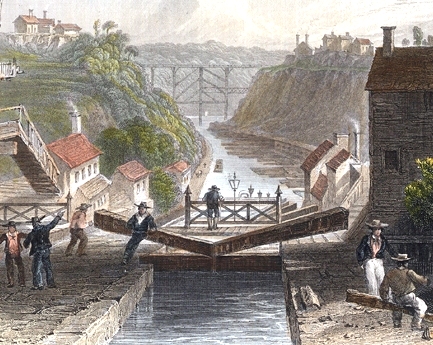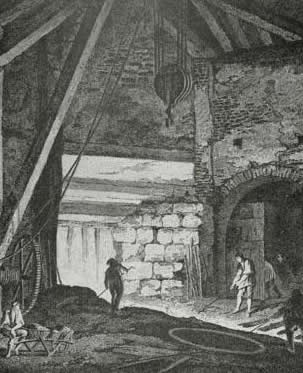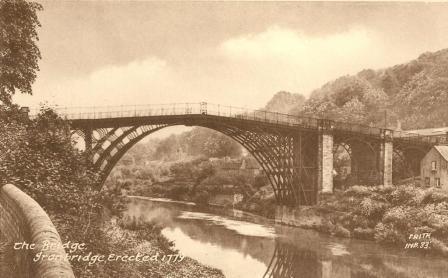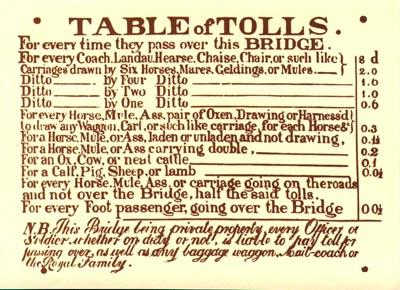First Industrial Revolution Phase 1
First Industrial Revolution 1700-1840 (Phase 1)
In the history of project management the end of the 18th century witnessed colossal changes in the Western World with industrial revolutions and with this the birth of management principles in the commercial world, to become the backbone of project management.
|
In this period in society there are major shifts of power away from the church and the crown to the state. These is also a shift in wealth from the very rich (land owning) towards the upper middle and middle class (merchants and commercial). Large projects are now more likely to be sponsored by state and commercial interests rather than the crown. The industrial revolution began to pick up pace in 1750. The revolution started with evolution of steam power and the steam engine, which took many decades. This was a solution looking for a problem and it was applicable to many industries, the first were textiles and mining. The advances in science in the 17th century created a better understanding of materials and spurred advances in the field of engineering. The advances in technology changed the cost of materials, for example, by 1840 iron became so cheap it started to replace clay and wooden pipes. The industrial revolutions of the 18th century was a catalyst for change and had an impact on projects not just new materials that could be assembled more quickly but also where steam replaced muscle. This improved the productivity of labor and advanced all sorts of machines and equipment to handle materials and heavy loads. This evolution led to the transportation revolution of the 19th century with the extensive building of canals, bridges, roads, and rails. In parallel, the industrial revolution brought in a materials revolution. The production costs of certain building materials like concrete, iron, and glass began to drop and so these gradually replaced more traditional materials. This happened with the use of iron in bridges (1775) and railways (1825) which were to become ground breaking projects as they pushed the limits of new technologies, and ingenious in how they overcame project challenges. A new bridge was required over the river Severn in Coalbrookdale, Shropshire, a centre for iron production. With the availability of cast iron it seemed only logical for the project to use it as it would be considerably lighter than a stone bridge with a larger arch span. Also it would help promote the use of iron, and exemplify a new application for it. Thomas Pritchard designed the Iron Bridge. Darby a local ironmaster was commissioned to cast and build the bridge. When Darby defined estimates for the project he agreed to fund any overspend and shares were issued to raise the required investments. The team was unfamiliar with connecting large cast-iron pieces together so they used the typical woodworking methods of the era. The joints cast would all be familiar to a carpenter like the mortise and tenons, and dovetails and wedges. This was common through the industrial revolution where an existing practice was used with a new material or technology, in a less than efficient way. The bridge comprised of more than 800 castings of 12 basic types. The project erection phase was complex and dangerous. Darby under-estimated the project and bore the additional cost of 78 tons of iron (at £3,000 equivalent to three quarters of a million pounds today) plus masonry abutments, and assembly, the rest was covered by an issue of shares. The final cost of building the Bridge was £6,000. He was in debt for the rest of his short life. The bridge was over-designed, and subsequent bridges used far less cast iron. Because this was the first cast-iron bridge in the world it rapidly became the focus of travelers from all over the world, and was an icon of the "Industrial Revolution." The Sunderland Bridge, that opened in 1796, continued to push bridge building forward. The iron arch was 15 times lighter than an equivalent arch in stone, and its span of 236 feet was far in excess of any single-arched stone bridge in existence. Read about the "History of PM Timelines"
|
|
Other Significant Projects in this EraAlthough canals have been around for thousands of years canals became a primary form of transport at the outset of the industrial revolution in the UK (circa 1750), and in the U.S. (circa 1800). Through a relatively short period of time canals transformed commerce in the UK Initially, built using laborers. The advent of mechanized equipment like steam shovels changed the approach in the U.S. There is a clear evolution in scale and scope of these structures over time:
Canal Projects Post 1840Canal building projects continued through the industrial revolutions (1 + 2), and the scope of these became more ambitious:
With time Canals were eventually replaced with rails and roads. |
 |



